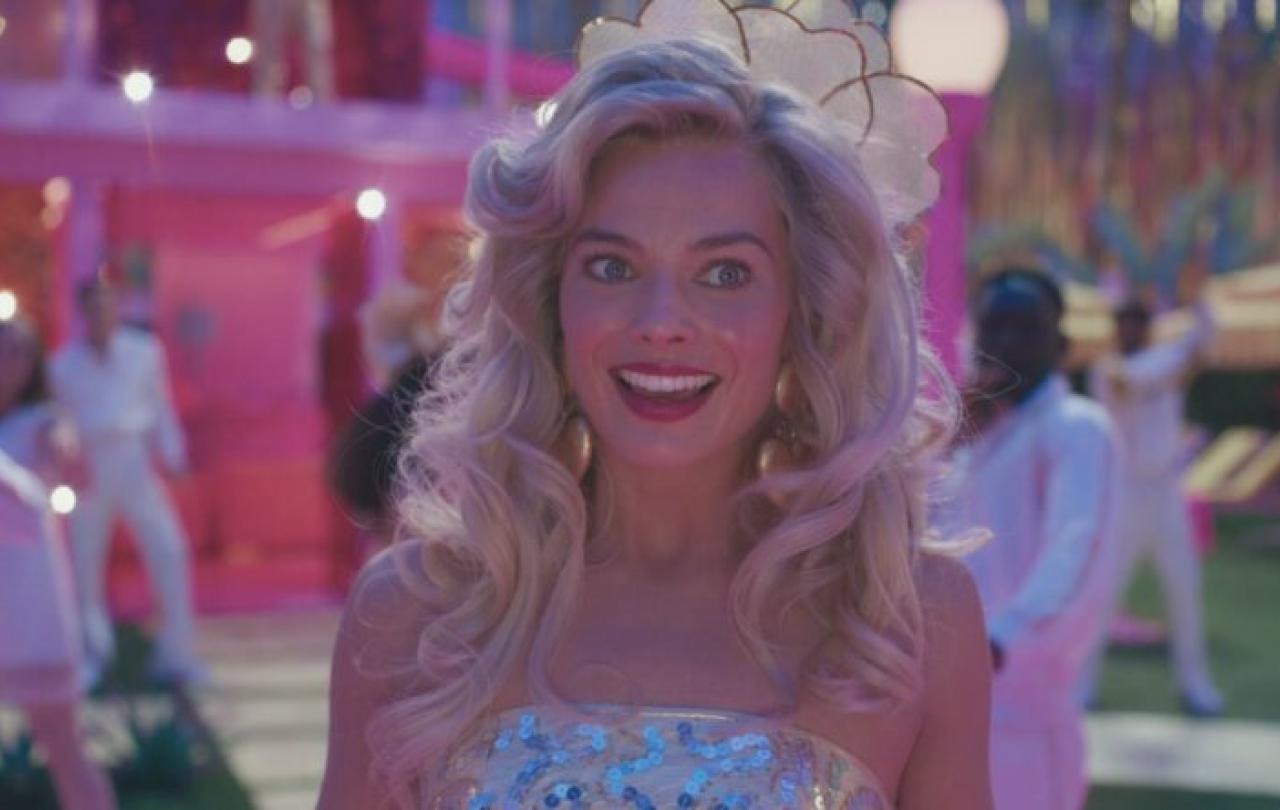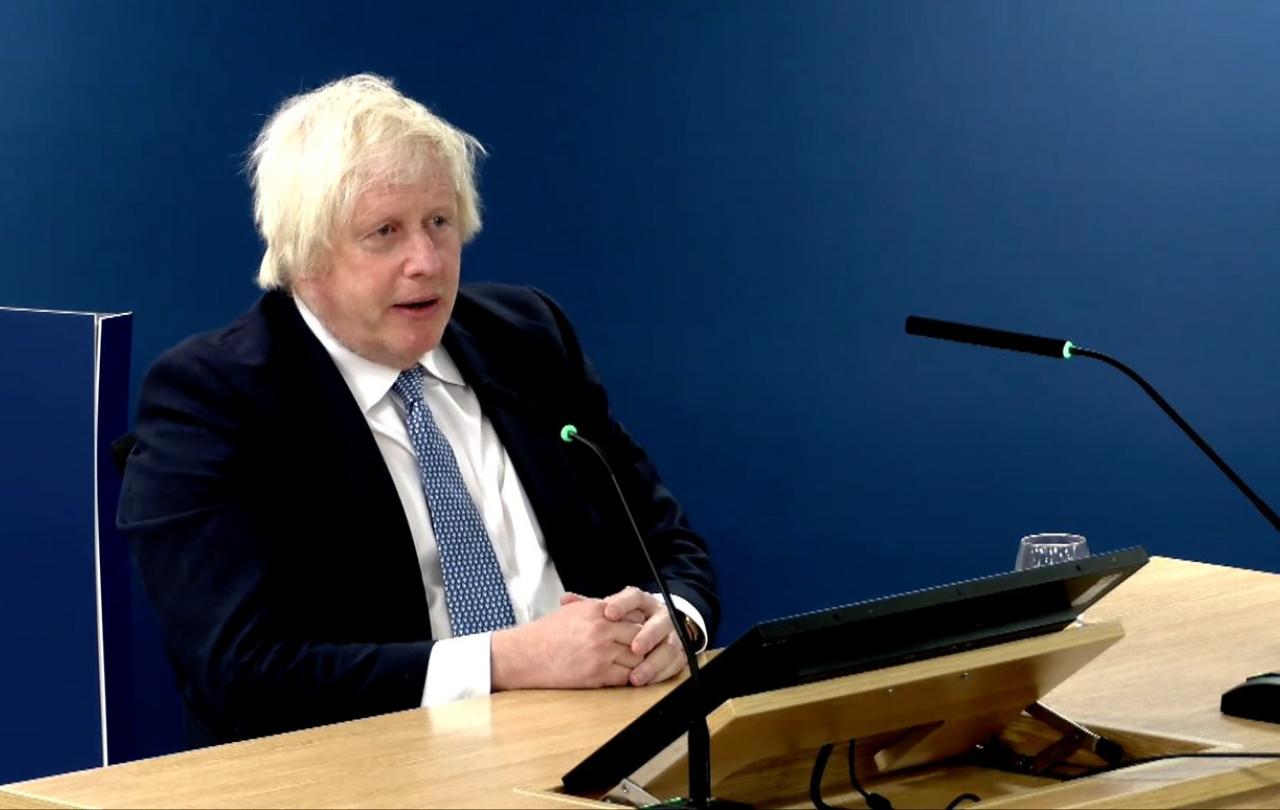
So I’ve just got home from watching the brand new and much acclaimed ‘Barbie’ at the cinema (don’t worry, I also watched ‘Oppenheimer’ last week). It’s 11pm, my wife and our 8.5 month old daughter are asleep upstairs and despite having church in the morning, I feel stirred to write some thoughts.
First and foremost, huge congratulations to Margot Robbie, Ryan Gosling, the whole cast, crew and team. It’s an absolute belter! Full of laughs from beginning to end. I thoroughly enjoyed myself and would encourage anyone else to go and see it.
But secondly, far from being the shallow, plastic cliché that you might expect, what you actually get is an intelligent, searing critique, albeit somehow gently done, of the world we live in and what’s predominantly wrong with it. Which is, you guessed it, men. Or more specifically, patriarchy.
The film begins in ‘Barbieland’ where everything is seemingly perfect, as encapsulated by Barbie when she describes the day we first meet her as, ‘the best day ever. So was yesterday, and so is tomorrow, and every day from now until forever.’ That is, until we meet Ken (played by the excellent Gosling). It is here that the first inkling of imperfection or wrinkle in their world is detected. As the narrator (voiced by Dame Helen Mirren) makes clear, ‘Barbie has a great day every day, but Ken only has a great day if Barbie looks at him.’ (We’ve all been there guys). His niggling insecurity and consequent competitiveness towards other Kens however, still aren’t enough to wake Barbie from her dream-like state and reveal that all is not well in paradise.
Issues of equality, respect, independence and identity are addressed in a way that left this 'pale, stale male' challenged but not condemned.
That moment arrives unexpectedly, during what appears to be a standard evening with ‘a giant blowout party with all the Barbies, and planned choreography and a bespoke song’ to which Ken is told he should ‘stop by’. The dance is breathtaking, the happiness palpable, and yet suddenly, as if from nowhere, Barbie blurts out the pivotal line in the film, the hinge on which the whole (Barbie) world turns, ‘do you guys ever think about dying?’ Cue the DJ’s vinyl record screeching to a halt, the choreography closing down, the dancers looking at her in disbelief, and the general sense of a serious buzz-kill. ‘Dying to dance’, she disingenuously adds, desperate to keep the party going, to shrieks of relieved delight and Dua-Lipa's return. Disaster averted, reality restored.
Except it’s not, it’s simply avoided. Avoided by everyone that is, bar Barbie. Something has changed for her, she knows it, and she must somehow find out why. That wrinkle in her world (along with the wrinkle on her thigh) turns out to be caused by a tear in the fabric separating her plastic world from the real one.
Long-story short, avoiding spoilers where I can, Barbie and Ken then embark on an eye-opening, perspective-shattering, journey from their world to the real world in order to find out where such unnerving questions (and cellulite) were coming from. Major issues with (or norms within) our world are encountered, from the objectification of women (Barbie receives immediate unwanted attention from all kinds of men), to the totally unmerited respect of any man (with someone even asking Ken if he had ‘the time’). They each go on an existential journey of discovery, with Ken delighted to learn that in the real world, men rule the roost (except for a brief time when he thought that horses did). Inspired with fresh vision, he quickly returns home in order to make some fundamental changes to and establish much of the best practice that he’s witnessed in patriarchal L.A.
I won’t say how things end up, but suffice it to say, issues of equality, respect, independence and identity are addressed in a way that left this ‘pale, stale male’ feeling both challenged but not condemned. Kudos to the team for getting that balance right! However, as big and important as these issues are, and as satisfying an ending as was reached from a social justice warrior’s point-of-view, it struck me that the biggest elephant of all was still left there in the room, or at least charging around on the beach. Because the very question that began her journey, the deepest one that woke her up, is the very one that’s just left hanging, unaddressed and ungrappled with.
The music stops and that is it. And yet don't our hearts long for more?
It’s almost as if that moment of existential angst on the dancefloor (and who hasn’t had one of them), realising the fragility of our own mortality, did nothing more than focus Barbie on the need to lay hold of everything she can in this life, rather than exploring the reality (or not) of the next. Our culture has a word for it. YOLO, if you didn’t know, standing for ‘you only live once’. Which of course is true, whether you’ve got faith or not. But the Christian worldview would go further, saying that whilst indeed you only live once, the Scriptures tell us that you also live forever (or YALF, to coin a phrase). Which sounds ridiculous on the face of it (the concept, not the phrase, although granted, YALF might not catch on). After all, as the creator of Barbie, Ruth Handler, tells us in the film, ‘ideas live forever, humans not so much.’
Unless, of course, they do, or can, which only our creator could possibly make possible. And so Ruth’s appearance raises another interesting question, if she made Barbie, who made Ruth? Only when we’re dealing with questions of this nature can we be positioned to take on the big mama (I was tempted to say ‘daddy’) question of, ‘do you guys ever think about dying?’ Which, of course, every one of us does. You can’t be human and avoid doing so. You’d have to be a doll in a made-up world.
But it’s a frightening thing to do, whether in Barbieland, in England’s green and pleasant land or anywhere for that matter. Because it all just looks so final. Like the music stops and that is it. And yet don’t our hearts long for there to be more? For one more song, for the beat to continue? Dare we hope for resurrection where life and light beat death and darkness? Because as beautiful as this life is, with all its opportunity for growth and freedom, be it in self-revelation and actualisation like Ken (the film ends with him wearing a hoodie that says, ‘I am Kenough’), or greater progress and equality on a socio-political level, experience tells us that until we have an answer for Barbie’s first and biggest question, then our own days here on earth, however good, happy and choreographed, will always be rudely interrupted by the reality of death and its long shadow. Find an answer for that... and let the DJ’s music play.





